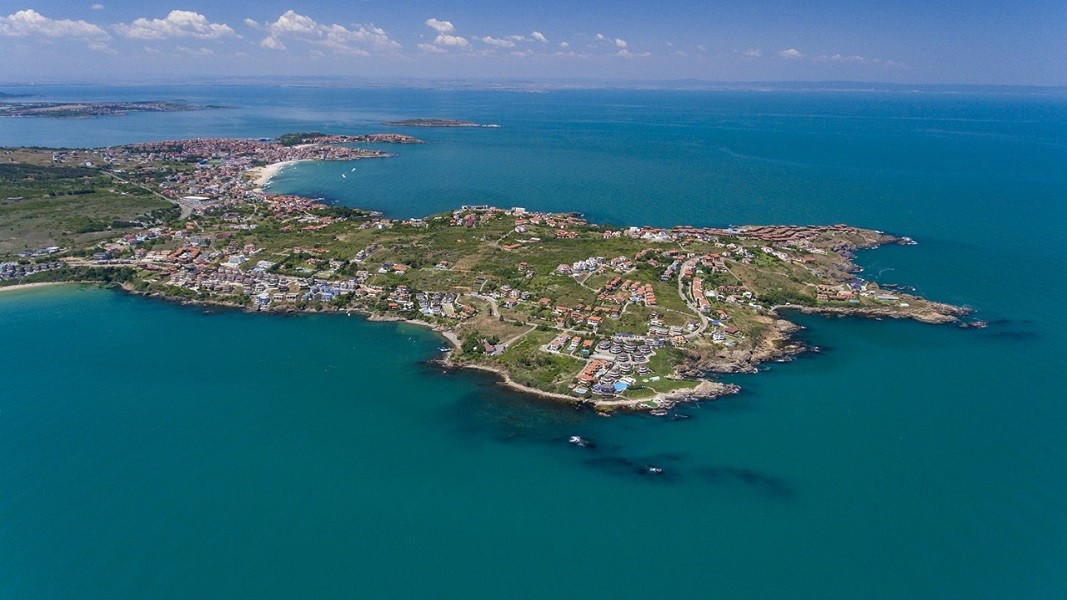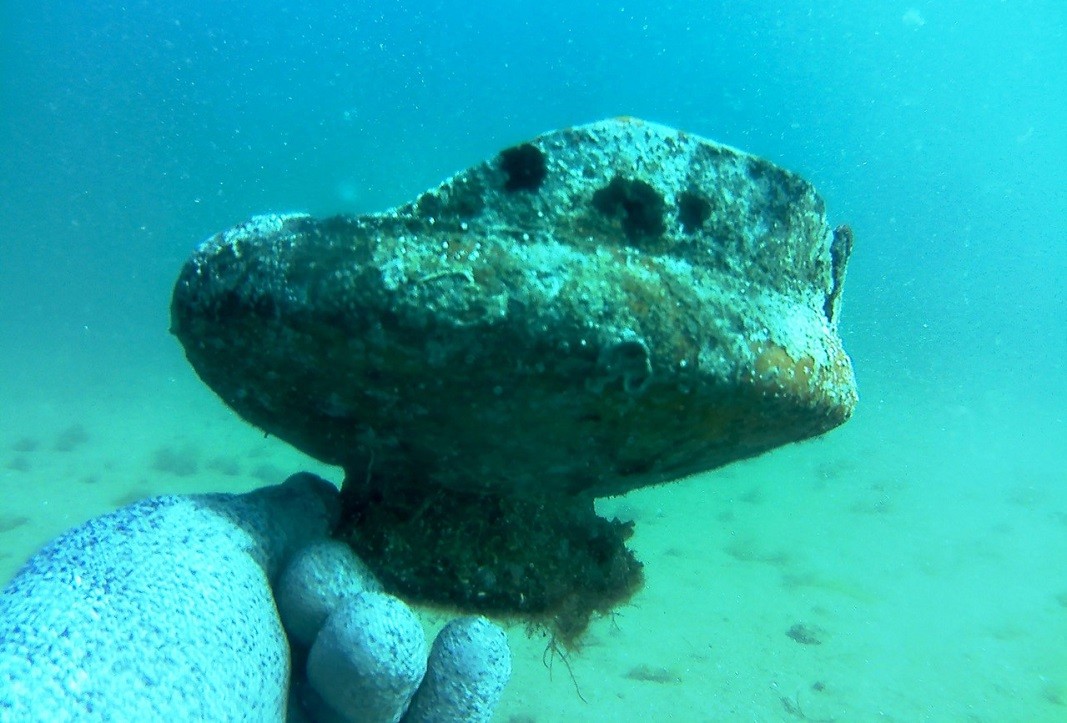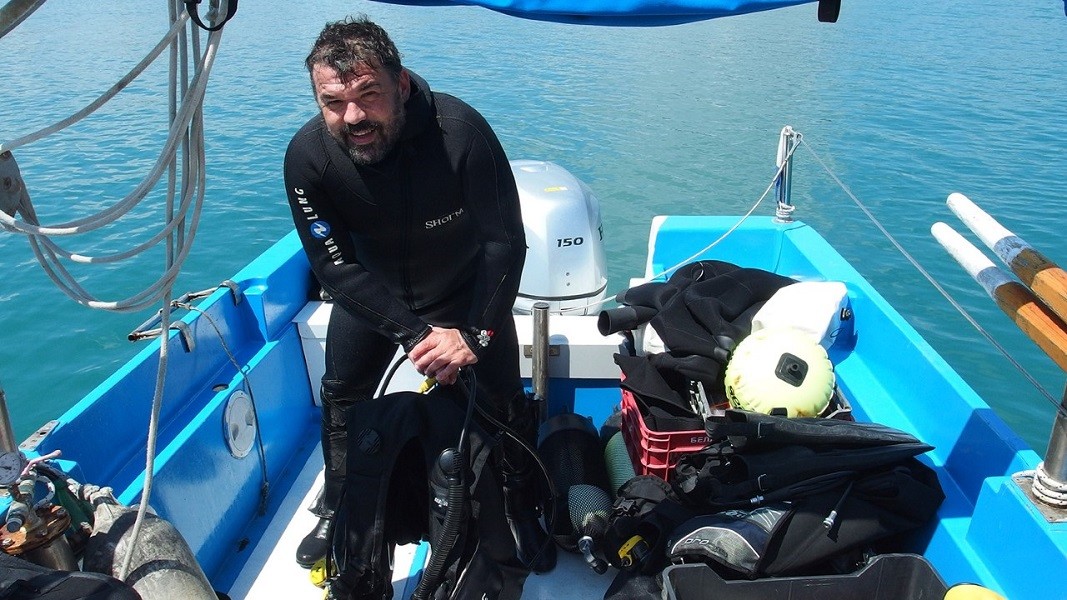An underwater National History Museum expedition in the bay of Cape Hristos, South of Sozopol, ended a few days ago after making some unique discoveries connected with the history of navigation, and loading and unloading operations in this portion of Bulgaria’s Black Sea coast.
Cape Hristos is the Southeasternmost rocky cape on Budzhaka peninsula near the town of Sozopol. To the South of the town there is a big bay, marked as Portus Baglar (or bay of vines) on maps throughout the whole of the 18th century. Hundreds of valuable items connected with navigation in the region (amphorae, stone anchors) have been found in this bay over the past 40 years. Experts think there existed a port area on Budzhaka peninsula in antiquity and during the Middle Ages, and it attended to the ancient settlement, the Medieval churches and the monastery in the locality of Kavatsite.

The underwater archaeological expedition, led by Prof. Dr. Ivan Hristov, Deputy Director of the National History Museum, found quite a few fragmented ceramic containers and amphorae dating back to different periods (4th C. BCE -18th C. CE) at a depth of 6 to 10 metres. The earliest finds are two stone anchors with two openings – experts believe they are the oldest ship elements, used as early as the Bronze Age in the Mediterranean and the Black Sea. The stone anchors discovered are dated to the 3rd-4th millennium BCE though they are known to have been used down to the beginning of the 1st millennium BCE.
Four iron anchors, dated to the 12th-18th C. were also discovered during the underwater exploration in the region of Portus Baglar. The underwater expedition made other valuable discoveries in the region of Sozopol as well which are yet to be studied.

The overall survey of the coastline in this part of Bulgaria’s Black Sea shore has led researchers to believe that besides providing shelter during storms, it was also used for loading and unloading connected with the advanced housing, economic and religious infrastructure. There were two locations where primitive port constructions were probably put up, the first of them at the foot of the medieval monastery South of Cape Hristos which is also being studied. The second location where it is believed there was another pier and a slipway (for launching and landing boats and ships, and for building and repairing them) was at one end of Kavatsite beach. Right up until the beginning of the 20th century, there was an iron pier there, jutting into the sea.

The study of Cape Hristos will continue until the end of the year, the researchers from the National History Museum say.
Compiled by Veneta Nikolova
Photos: National History Museum
The Bulgarian Land Forces are celebrating their holiday today. A statement from the Ministry of Defense's press center notes that November 19, 2024 marks 139 years since the glorious victory at Slivnitsa and 146 years since the establishment of..
The book "Ten Great Friends of Bulgaria" by journalist Milena Dimitrova will be presented this evening at 6pm at the Sts. Cyril and Methodius National Library in Sofia. The book recounts the lives of ten people of different nationalities and eras, whose..
The Getty Museum in Los Angeles, USA, is hosting a webinar today entitled Who Were the Thracians? Professor of Classical and Ancient History Matthew Sears will discuss the Thracian legacy and its influence on ancient Athens. Sears is the author of..
The head of the statue of Tyche, the goddess of Philippopolis, has been discovered in the Episcopal Basilica in Plovdiv, said the head of the..
On November 30, the Bulgarian Orthodox Church honors the memory of St. Apostle Andrew . In Bulgaria the saint is known as Saint Andrey and the folk..

+359 2 9336 661
